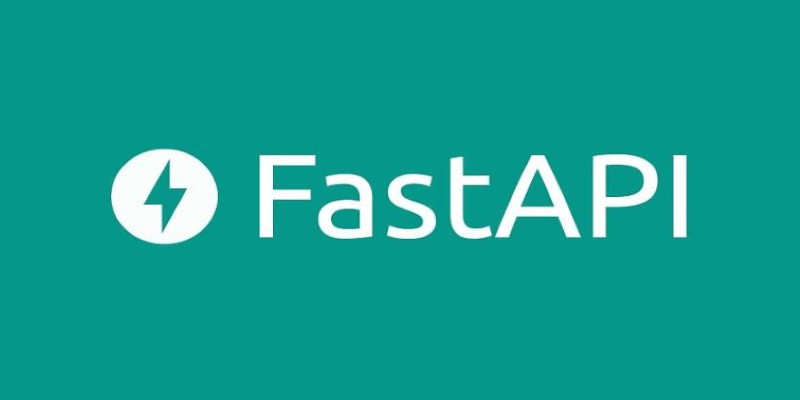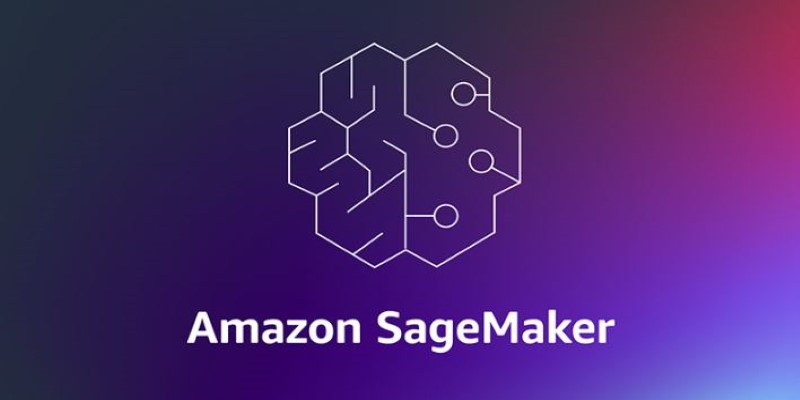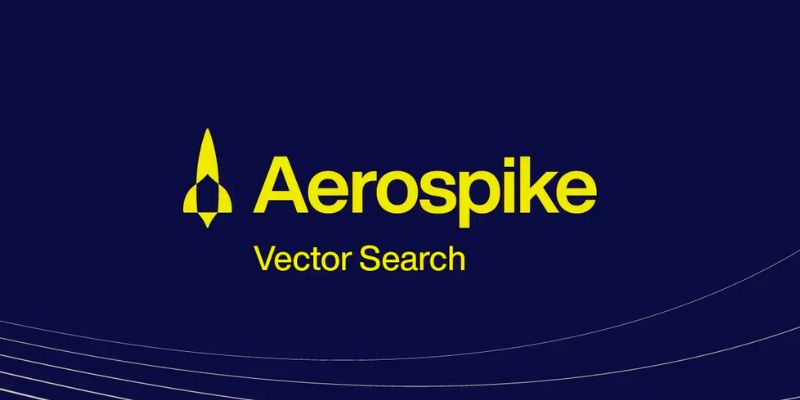Model development is only half the story. Once a machine learning model is trained and ready, the next challenge is deploying it in a way that it can be accessed, used, and scaled in real-world scenarios. That’s where deployment and serving tools come in. These tools help you take your trained models and make them available for predictions—whether on a web app, in a production pipeline, or via APIs. Here are 11 standout tools that help with this process.
Top 11 Model Deployment and Serving Tools
TensorFlow Serving
Developed by Google's TensorFlow team, TensorFlow Serving is intended for the production deployment of machine learning models. Versioning is supported, and it's simple to switch models without needing to restart the server. You have support for both REST and gRPC APIs. It works nicely with TensorFlow models, naturally, but it's also flexible enough to serve models from other frameworks if you stick with the SavedModel format.
TorchServe
Developed by AWS and Facebook, TorchServe focuses on PyTorch models. It helps package your models and deploy them through RESTful APIs. It supports model versioning, logging, and metrics, making it a solid choice for anyone already working in the PyTorch ecosystem. You can also extend its functionality by writing custom handlers for preprocessing and postprocessing.
FastAPI

FastAPI isn’t just for machine learning, but many developers use it to deploy models because of its speed and simplicity. It allows you to turn your model into an API endpoint in just a few lines of code. FastAPI uses type hints to provide automatic documentation with Swagger, which is handy during development and testing.
Triton Inference Server
Triton, by NVIDIA, is tailored for high-performance inference. It supports multiple frameworks like TensorFlow, PyTorch, ONNX, and even custom backends. You can deploy multiple models at once, each possibly in different frameworks, and it will still manage them efficiently. If you’re working with GPU acceleration, Triton takes full advantage of it.
MLflow
MLflow is an open-source platform designed for the entire machine learning lifecycle, and it includes a component for model deployment. It allows you to serve models via REST API and also register them for version control. It’s especially useful if you're already using MLflow to track experiments or manage environments.
BentoML
BentoML simplifies packaging models and turns them into APIs. It works with most machine learning frameworks, and it lets you containerize your model server with Docker. You can also deploy it to cloud platforms or use it locally. It also has features for managing model versions and handling batch requests.
Seldon Core
Seldon Core is built on Kubernetes and is great for those already operating in a cloud-native environment. It supports TensorFlow, PyTorch, XGBoost, and other models. It’s designed with scalability in mind, and it includes advanced features like A/B testing and multi-model inference graphs, which can be useful for experimentation.
Amazon SageMaker

SageMaker is AWS’s fully managed service for machine learning. You can train, tune, and deploy your models all in one place. For deployment, it offers a quick way to serve your models via HTTPS endpoints. It also includes features for scaling and monitoring, which help maintain performance as usage grows.
Azure Machine Learning
Azure ML provides a suite of tools for training, managing, and deploying machine learning models. It supports both real-time and batch inference and allows you to deploy your models as web services. It integrates well with other Azure services and is suited for teams already using Microsoft’s cloud infrastructure.
Google Cloud AI Platform
This tool allows you to deploy models trained in TensorFlow, scikit-learn, or XGBoost directly to Google Cloud. You can expose them as REST endpoints and scale based on demand. It’s a good option if your infrastructure is built on GCP, as it ties in nicely with other services like BigQuery and Cloud Functions.
ONNX Runtime
ONNX Runtime is a cross-platform tool for deploying models in the ONNX format. It supports CPU and GPU execution and is optimized for performance. You can use it in Python, C++, C#, Java, and more, making it flexible for different environments. If you're converting models to ONNX for portability, this runtime makes them production-ready.
How to Use Model Deployment and Serving Tools
Out of the tools discussed, BentoML stands out for its balance of simplicity and flexibility. It doesn’t tie you to a specific infrastructure, works with most machine learning frameworks, and makes it easy to package your model for serving. Whether you’re building a quick prototype or planning to deploy at scale, BentoML gives you the tools without the usual overhead that comes with more complex platforms. It’s especially handy if you want to avoid managing Kubernetes or heavy cloud services.
To get started, you install BentoML using pip install bentoml. After that, you save your trained model—let’s say it’s a scikit-learn model—using bentoml.sklearn.save_model(). This registers the model and assigns it a version. From there, you write a service file in Python where you load the saved model and define an API route to handle incoming data. BentoML makes this process lightweight by letting you specify input and output formats using decorators like @api(input=JSON(), output=JSON()). You then run bentoml serve to launch your local API server.
When you're ready to deploy, BentoML lets you containerize everything using the bentoml containerize command. This bundles your model and service into a Docker image, making it easy to push to the cloud or deploy internally. The container keeps everything consistent—your dependencies, code, and model stay exactly the same, no matter where it's running. This keeps things predictable and avoids the usual version mismatches that pop up in production environments.
Conclusion
Model deployment and serving are key steps that turn data science projects into usable applications. Each of these tools brings a different set of strengths, and the best fit depends on your team’s workflow, infrastructure, and programming preferences. Whether you're building a lightweight prototype or setting up a full-scale production system, having the right deployment tool can help you keep things organized and efficient—without having to rewrite everything from scratch.











